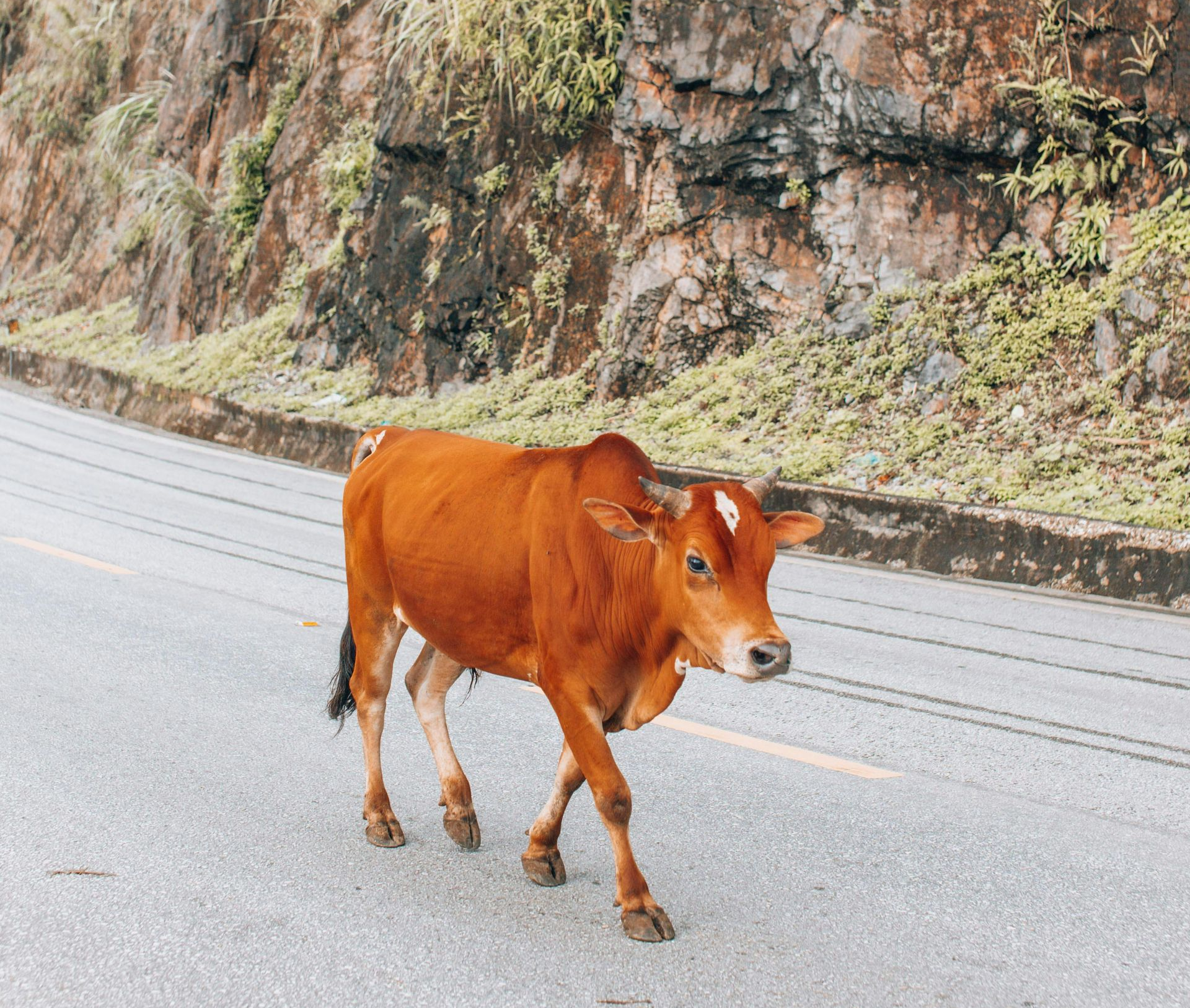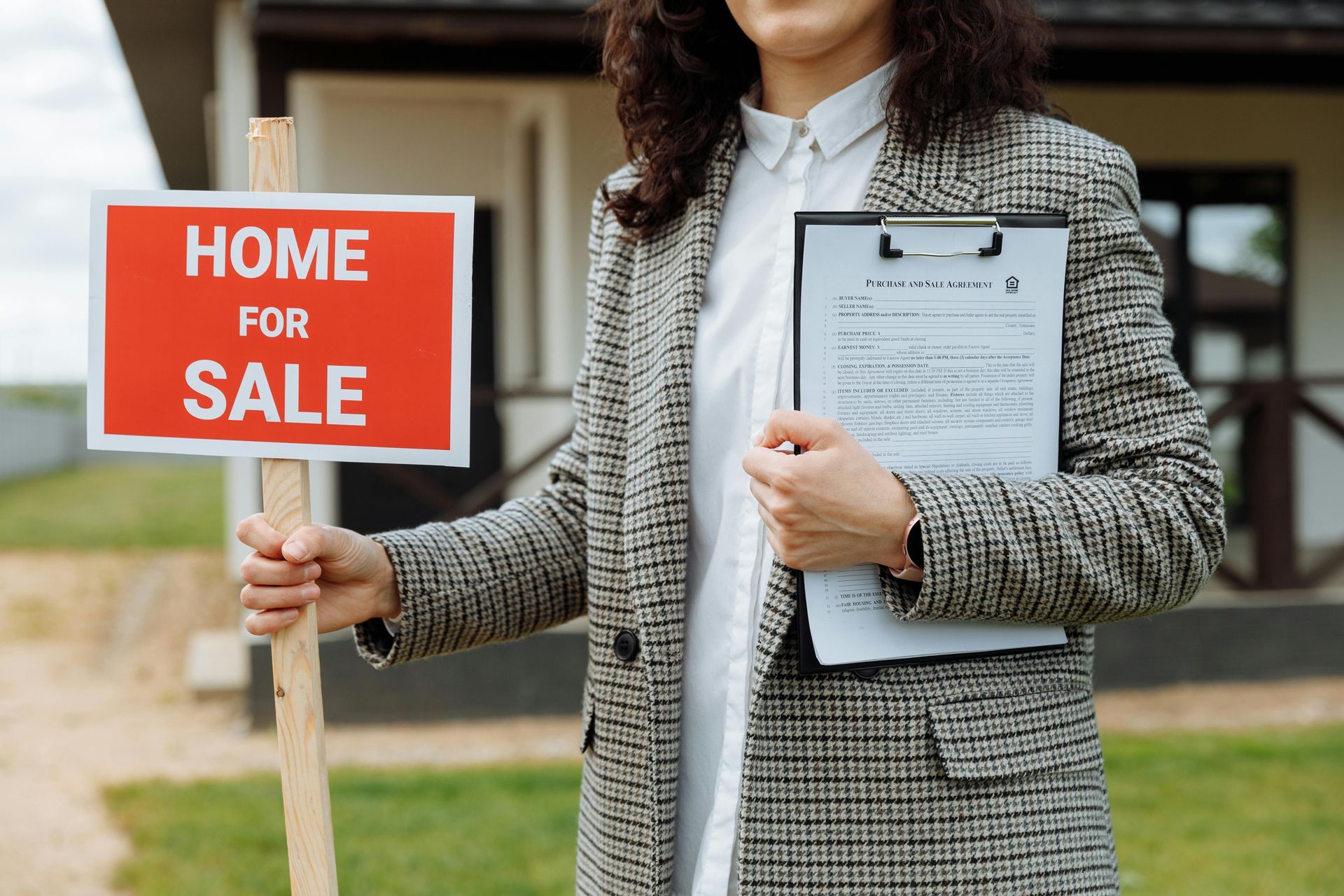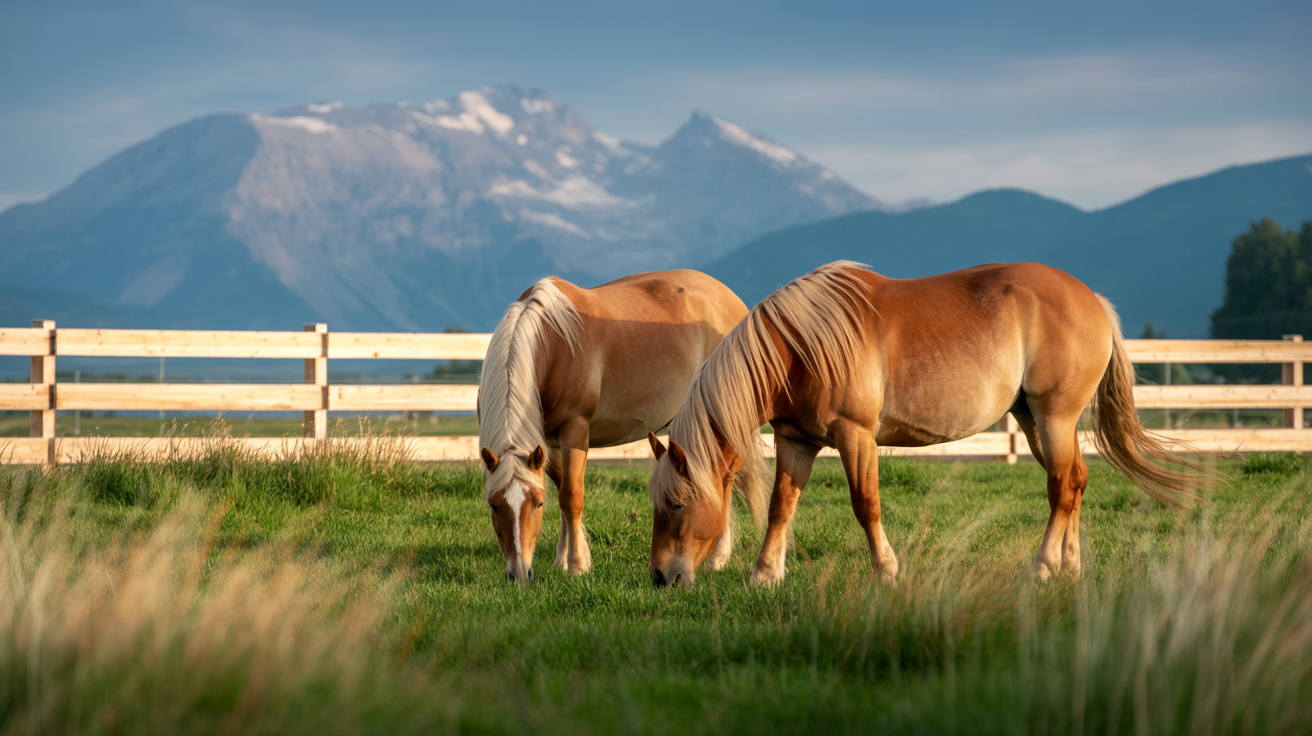Montana’s Open Range Law: What Buyers and Sellers Need to Know
August 6, 2025
There’s a lot to love about owning land in Montana — wide open space, room to roam, and the freedom to live how you want. But there’s one rural reality that surprises a lot of people: Montana’s Open Range Law.

Whether you're buying, selling, or inheriting land in Eastern Montana, understanding how open range works — and what it means for liability, fencing, and livestock — is essential.
Here’s the Short Version:
If You Don’t Want Cattle on Your Land, You Have to Fence Them Out
Montana is what’s called an “open range” state. In open range areas, livestock have the legal right to roam — and it’s the landowner’s responsibility to fence animals out, not the rancher’s responsibility to fence them in.
If your neighbor’s cows wander onto your property and eat your garden or trample your alfalfa — that’s on you, unless you’ve built a lawful fence to keep them out.
Why This Matters for Landowners
- If you're buying land for a home site, you may wake up to cattle or sheep on your property unless you fence it properly.
- If you're selling land, buyers unfamiliar with this law may wrongly assume a fence isn’t necessary.
- If you’re inheriting property and haven’t visited it in a while, there could already be livestock crossing it under the assumption it’s still open.
Most people coming from urban or suburban areas don’t realize the burden of fencing falls on the landowner who doesn’t want livestock — not the rancher running them.
Liability Is a Big Deal on the Road, Too
Under Montana law, if a vehicle hits a cow on a public road within open range, the driver is typically held responsible — not the livestock owner. That surprises a lot of folks coming from other states.
As Erik Erickson explains, “If your cow is in the road and someone hits it, they’re liable. That’s open range.”
This might feel counterintuitive, but it’s rooted in the idea that livestock have the right to roam — and that drivers are responsible for being aware in open range territory.
Of course, there are exceptions in “herd districts” or along designated fenced corridors, but never assume your area is one of them. If you're selling, you need to be able to explain this. If you're buying, you need to plan for it.
Educational Tip: How to Know If You’re in Open Range or a Herd District
Check with your local county clerk, planning department, or land broker. Open range boundaries don’t always follow common sense or fences — and they can vary dramatically from one county to the next. Don’t rely on online forums or generic advice.
Also, know what qualifies as a lawful fence in Montana. A few strands of wire on posts may not meet code — and an unqualified fence could put liability back on you.
Buying or selling land in open range territory? Don’t go it alone.
Erik Erickson is a working rancher and land broker with deep experience in Montana’s property laws, livestock issues, and rural regulations. He’ll make sure you know your rights — and your responsibilities — before you make a move.
Call 406‑861‑5558 or visit mtlandandranch.com to speak with someone who’s lived both sides of the fence.



